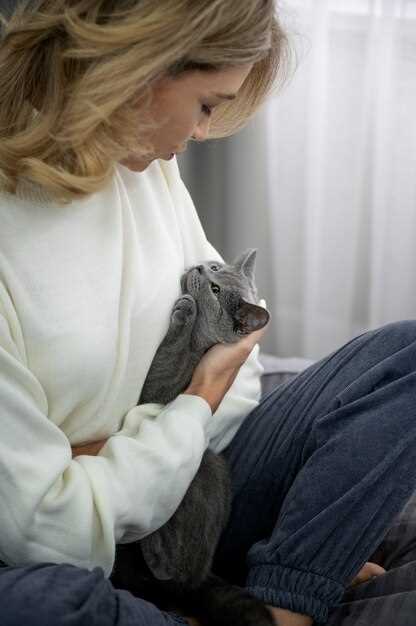
Are you concerned about your cat’s health and well-being? Mirtazapine may be a common drug used to treat various conditions in cats, but it can also pose a risk of toxicity if not administered correctly.
What is mirtazapine? Mirtazapine is a medication often prescribed to cats for appetite stimulation, nausea relief, or behavioral issues.
However, it’s important to be aware of the potential dangers of mirtazapine toxicity in cats.
Keep your feline friend safe and informed about mirtazapine and its effects to ensure their health and happiness in the long run.
About Mirtazapine and Cat Toxicity
Mirtazapine is a medication commonly prescribed to cats for various issues such as nausea, appetite stimulation, and behavioral problems. It belongs to a class of drugs known as tetracyclic antidepressants and works by affecting certain chemicals in the brain.
How it Works
When given to cats, Mirtazapine can help increase their appetite, which is particularly helpful for cats with conditions like chronic illnesses or those going through stressful situations. It can also help in managing nausea and vomiting, making it a versatile medication for feline healthcare.
It’s important to follow your veterinarian’s instructions carefully when administering Mirtazapine to your cat to ensure proper dosage and monitoring for any potential side effects. Always consult with your vet before starting or stopping any medication for your pet.
Signs of Cat Toxicity
When a cat ingests mirtazapine, it can exhibit various symptoms of toxicity. These signs may include:
- Agitation
- Vomiting
- Drooling
- Lethargy
- Increased heart rate
- Aggression
If you notice any of these symptoms in your cat after they have been exposed to mirtazapine, it is crucial to seek immediate veterinary care. Prompt treatment can help prevent serious complications and ensure the well-being of your feline companion.
Signs of Cat Toxicity
When a cat has ingested Mirtazapine, there are several signs of toxicity to look out for. These include:
| 1. Vomiting |
| 2. Diarrhea |
| 3. Drooling |
| 4. Increased heart rate |
| 5. Agitation |
| 6. Tremors |
If you notice any of these signs in your cat after giving them Mirtazapine, it is important to seek immediate veterinary care.
Treatment for Cat Toxicity
When your cat has ingested Mirtazapine or shows signs of toxicity, it is crucial to seek immediate veterinary care. Treatment may involve:
- Inducing vomiting to remove the substance from the cat’s system.
- Administering activated charcoal to help absorb the toxin.
- Providing supportive care such as intravenous fluids to maintain hydration and stabilize your cat’s condition.
- Monitoring your cat closely for any adverse effects and adjusting treatment as necessary.
It is essential to follow your veterinarian’s recommendations and instructions closely to ensure the best outcome for your cat. Prompt treatment can significantly increase the chances of a successful recovery.
Prevention Tips

Preventing cat toxicity is crucial for keeping your feline friend safe and healthy. Here are some tips to help you prevent accidental poisoning:
- Store medications, including Mirtazapine, in secure cabinets or high shelves where your cat cannot access them.
- Dispose of unused or expired medications properly by taking them to a medication disposal site.
- Avoid leaving pills or tablets out in the open where your cat can accidentally ingest them.
- Keep household cleaners, chemicals, and other toxic substances out of reach of your cat.
- Be cautious when using topical treatments or pesticides on your cat, and follow the instructions carefully.
- Keep plants that are toxic to cats, such as lilies and azaleas, out of your home or garden.
- Regularly check your home for any potential hazards that could pose a risk to your cat’s health.
By following these prevention tips, you can help create a safe environment for your cat and reduce the risk of cat toxicity.
Consulting your Vet

If you suspect that your cat has ingested mirtazapine or is showing signs of toxicity, it is crucial to consult your veterinarian immediately. Your vet will be able to provide you with the necessary guidance on how to proceed and may recommend bringing your cat in for an evaluation. The sooner you seek professional help, the better chance your cat has for a positive outcome. Remember, it is always better to be safe than sorry when it comes to your pet’s health.
